Or checkout the ‘Hollywood Heist’ backlot.
Image: The Conversation
How often do best selling authors tell you what the character is thinking? (spreadsheets below)
My characters are constantly sighing, sweating bullets, experiencing heart palpitations and rising or lowering pulse rates, flashes of heat, clenching jaws, and that's just between lunch and dinner.
I'm tired for them. That's called 'melodrama'.
Two weeks ago we talked about how Robert Galbraith closes the psychic distance between reader and character and by letting you live inside their head (https://www.charleskunken.com/blog/its-all-about-how-you-react).
I started becoming more aware of psychic distance somewhere towards the end of the manuscript and have since attempted to sprinkle it in on the edits. It doesn't feel quite natural so I did what I always do in a bind--I ridiculously overthink it and use excel.
What I did was put my work against a couple of masters and had one conclusive finding: I've gone way overboard.
to do the data...
The Experiment
There are four particular stylistic devices I've been trying to figure out how to deploy in my writing:
-ly Adjectives (he walked slowly. i'm told this should be used sparingly, if at all)
Internal thoughts or feelings
External cues (gestures or facial expressions)
Visceral Reactions
With the scope of the experiment set, I then studied excerpts from three different books to compare:
Camino Winds by John Grisham
Career of Evil by Robert Galbraith (book 3 of the Cormoran Strike series) and
Hollywood Heist by Charles Kunken
The Method
I put a 3"x3" sticky note on the back page of each book and made a note every time I encountered one of the four devices. This took about 32 pages in Camino until I filled it and 25 pages for Career. (There's your first hint--Galbraith's higher density.)
For my own manuscript I just read one chapter, about 2.5 pages, mostly out of laziness.
The Calcs
As mentioned above, the measurement I sought was density: how many times each author used a device PER PAGE. (I've normalized to 300 words as a 'page' for the purposes of this study to control for trim size).
Granted, this is a small sample of each book (<10%) I think it can still give us some insights.
The Data
The punchline is this: Grisham comes in at 1.7 uses per page and Galbraith is nearly double at 2.9. Yours truly was a whopping 7.1 (*disclaimer--I believe I picked one of my denser chapters, but directionally, yea I'm way high*)
So here's how it stacked up, broken down further by device:
As you can see, I'm way out of the ballpark.
Conclusions:
With Grisham and Galbraith both best sellers, we can chalk up their differences to style. I've made some generalizations below based on these few pages and my subjective assessment, so let's just agree that I'm probably wrong, but maybe it's useful.
Here are my findings:
Grisham's writing is more straightforward plot whereas Galbraith gives you more of the internal dialogue.
Grisham is higher on 'external cues'.
Galbraith is higher on '-ly words', Internals, and Visceral Reactions
Visceral reactions and 'ly words occur least frequently. This makes sense.
Grisham's narrative style is omnipresent. Here's a view of for how many different characters he shows their internal reactions:
Internal Behaviors
Galbraith does much less 'head-hopping' and only gives you internals for Cormoran and Robin:
Internal Behaviors
Here's Hollywood Heist, where I've been coached as a new author to realize that head-hopping was actually a thing and can grow quite tiring, and perhaps confusing if done willy-nilly:
Internal Behaviors:
I have a feeling this is why many writers advise that you should put your manuscript in a drawer for several months. Because when you come back fresh you'll be able to easily spot all the warts.
I fully intend to follow that advice. But for now I'm making sure I've got enough meat on the bones. And I now have a rule-of-thumb I can keep in mind. Psychic devices should probably average out between 1.5 - 3.0 per page.
And overall, I'd say subjectively I kind of enjoy Galbraith more, following Strike around the whole book. Now I can see stylistically how he's doing that.
What exactly do I do with this data? I have no idea, but I feel like I know something. Now you do too.
Happy Friday,
Charlie
—
Here's one more cool data point. This is a view of how Galbraith's devices are clustered by page:
So, you can see here, there's an ebb and flow you need to take into account. And what exactly was going on, on page 22?...Cormoran and Robin were having a close conversation in a pub about some stuff that Strike doesn't really want to talk about.
The Hollywood Heist is turning into an undergraduate degree in how to write a novel. I just hope I'm not on the Van Wilder track.
“Be not afraid of going slowly. Be afraid only of standing still.” – Chinese proverb
Have some thoughts? Feel free to drop a comment or hit me up: charlie@charleskunken.com


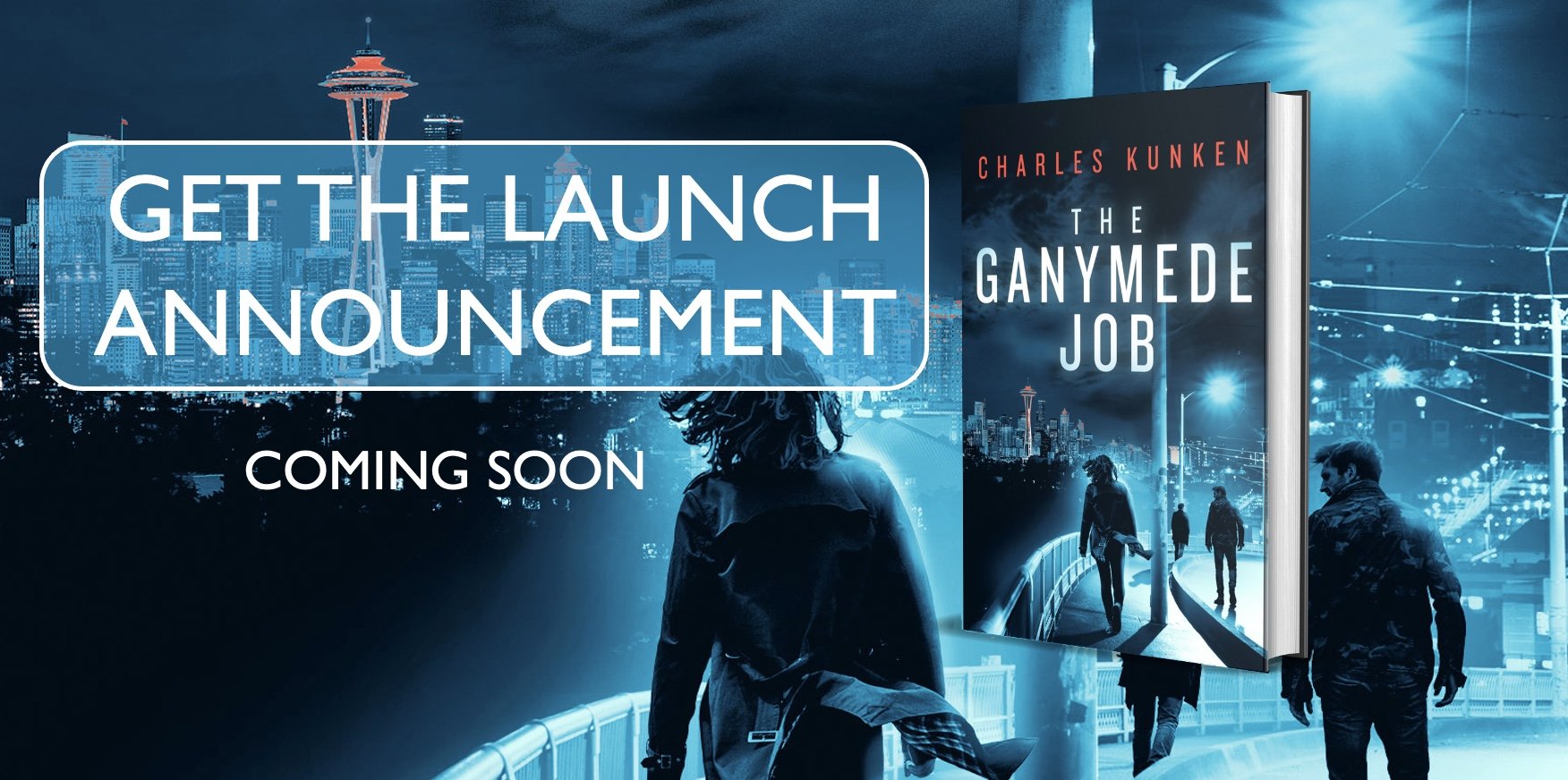


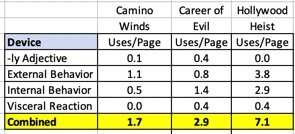




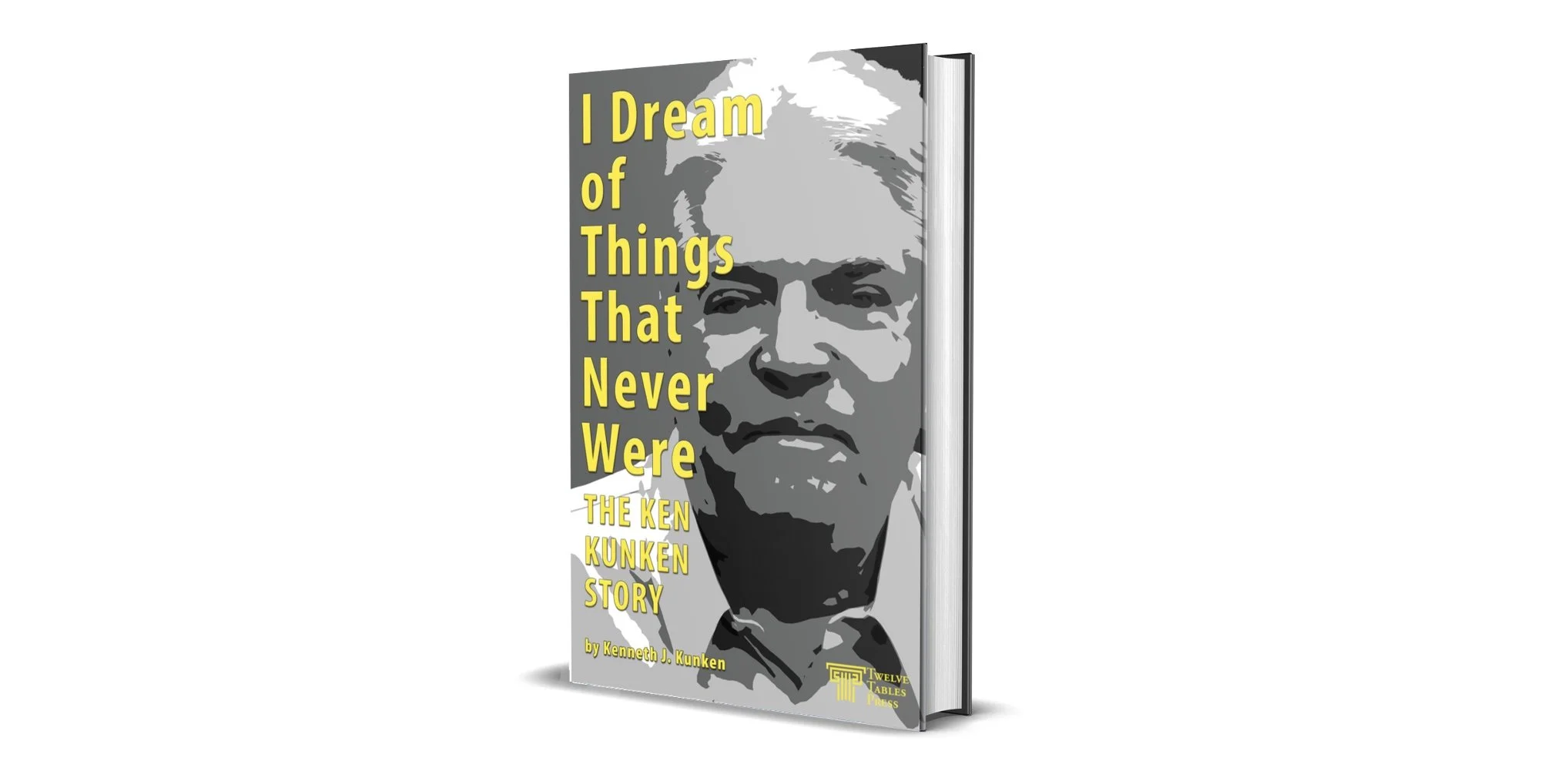
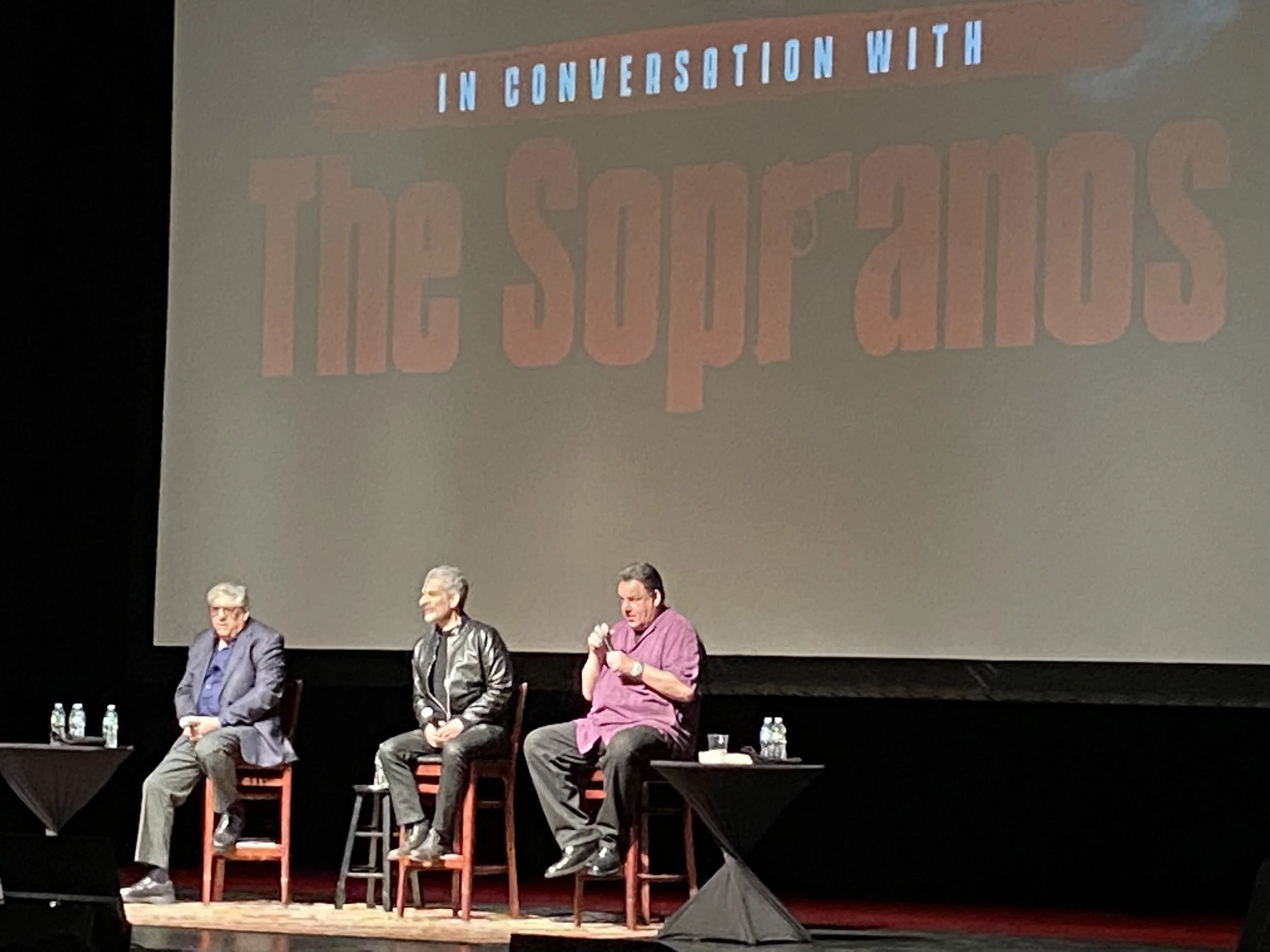


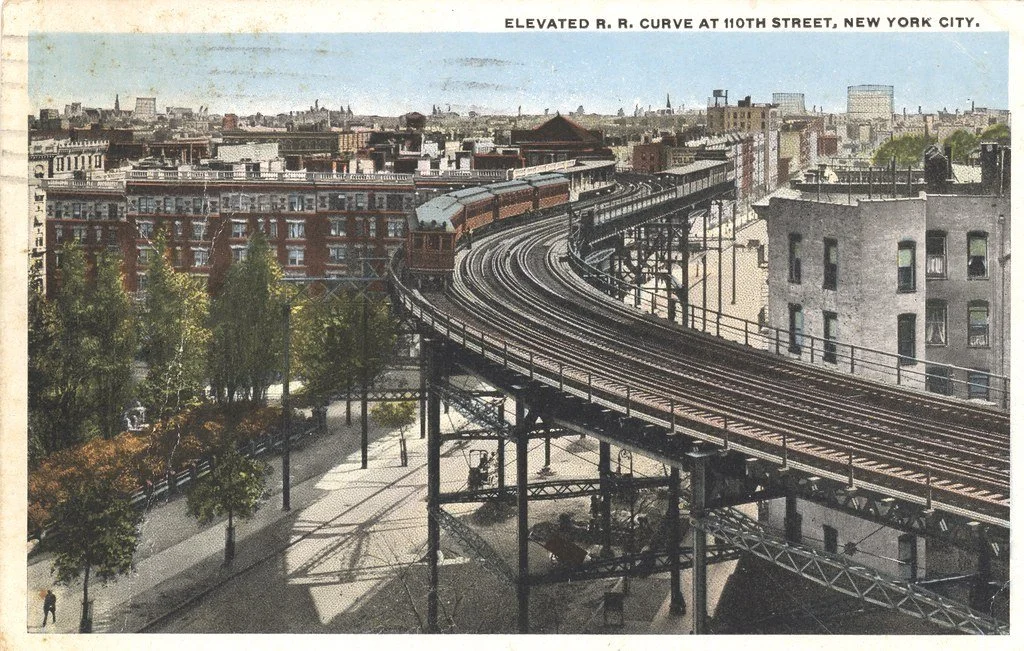


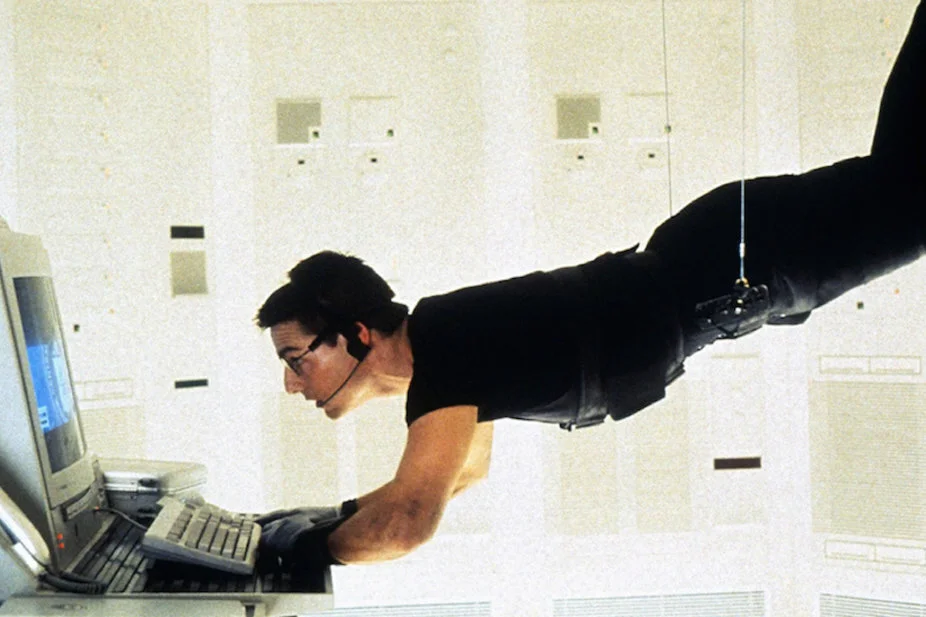

Please judge.